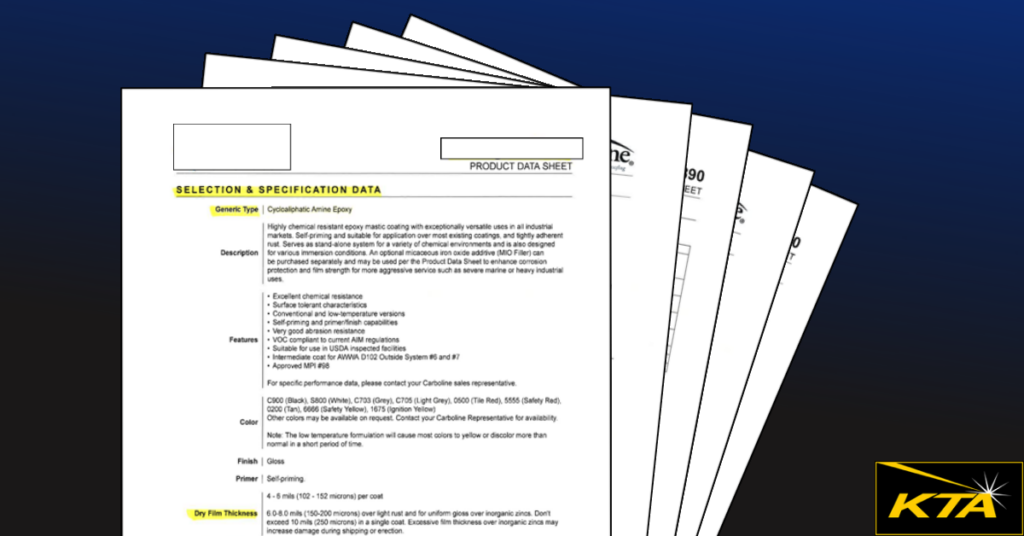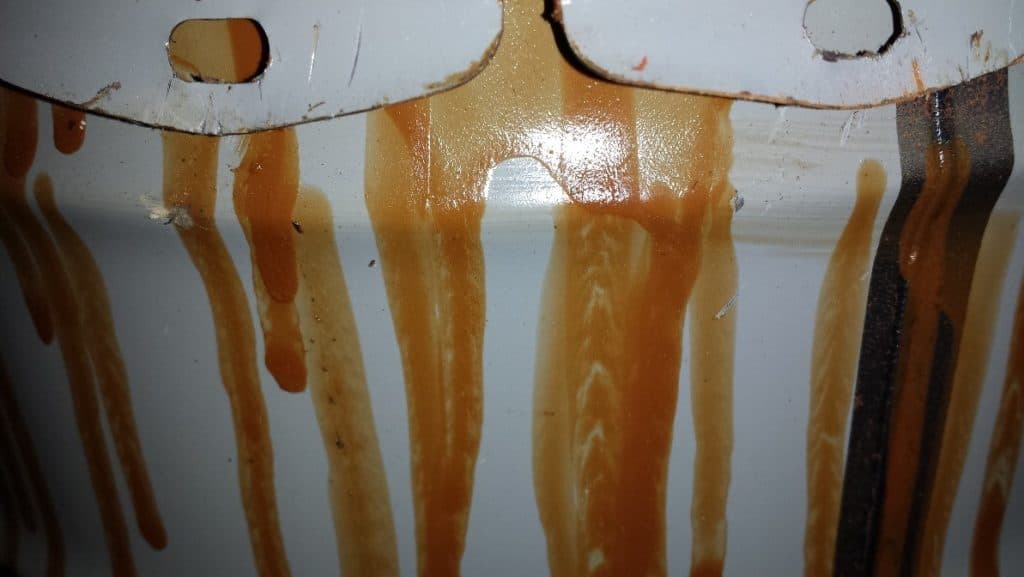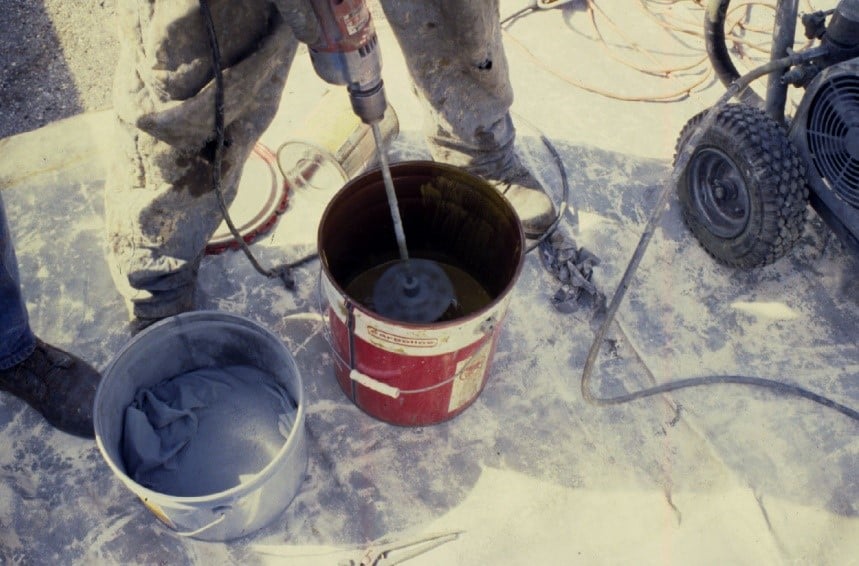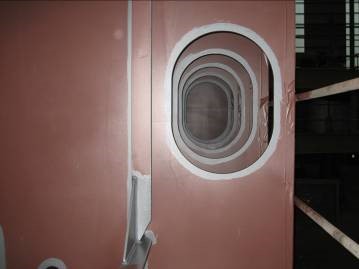Let’s Talk About How Inspectors Can Effectively Use Product Data Sheets
Product data sheets are a valuable tool for coating applicators as well as trained and certified coating inspectors. They are essentially an instruction manual for using the product. Unfortunately, many of us don’t read the instructions until it is too late.
Let’s Talk About How Inspectors Can Effectively Use Product Data Sheets Read More »










